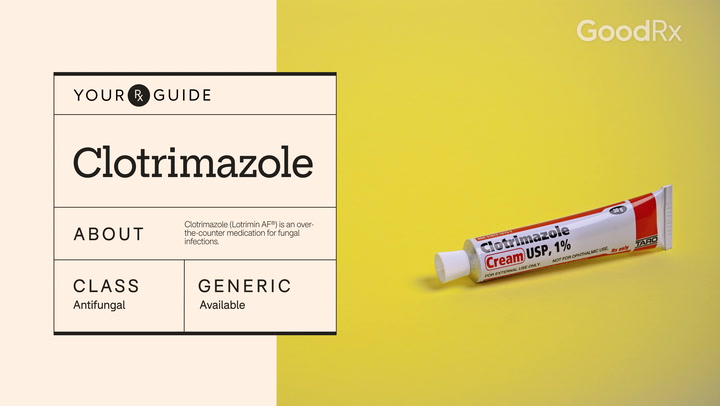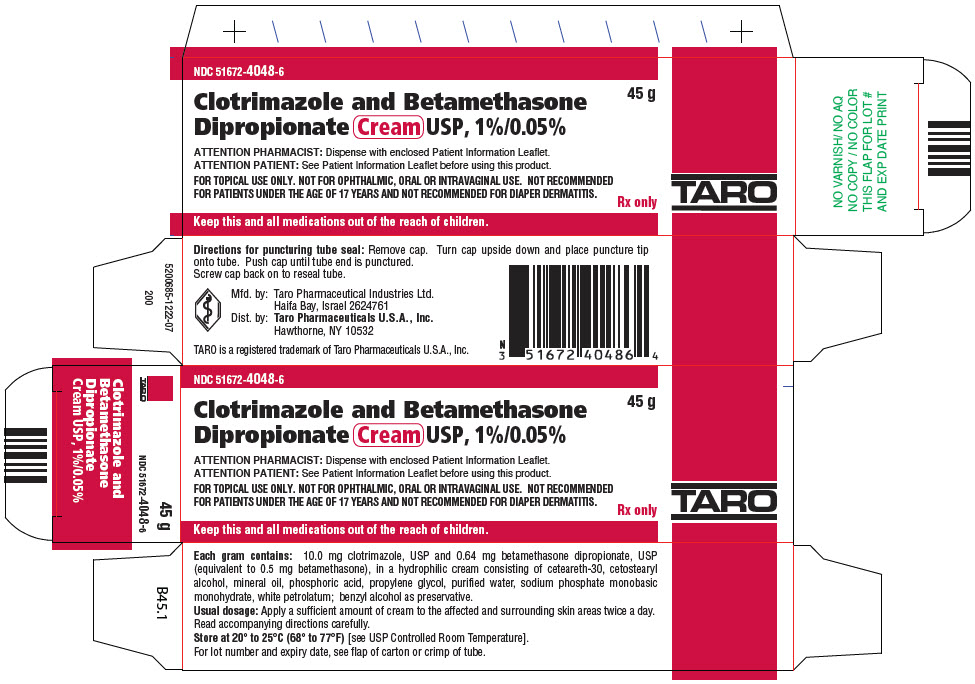Low battery
Battery level is below 20%. Connect charger soon.
This dual penetration ensures that both superficial … While combining clotrimazole and butenafine hydrochloride may offer enhanced efficacy, it’s important to consider the potential for increased skin irritation. · the safety of combining clotrimazole with other topical antifungals largely depends on the specific medications involved and the area of application. Clotrimazole’s ability to penetrate deeper into tissues complements butenafine hydrochloride’s prolonged retention in the stratum corneum. Theres not enough information to say whether complementary medicines, herbal remedies and supplements are safe to take with clotrimazole. · in conclusion, the combined use of clotrimazole and butenafine hydrochloride is generally not recommended due to the lack of specific research on their concurrent usage and … Theyre not tested in the same way as pharmacy … · find information on the differences between butenafine hydrochloride vs clotrimazole, two medicines used for ringworm and jock itch. In addition, learn about their … For instance, using clotrimazole … · using too much of this antifungal can increase the risk of side effects considerably. Many in vitro studies on antifungals showed that combinations can broaden the coverage, increase the fungicidal effect and decrease risk of development of resistance. See the list of drugs that interact with clotrimazole. Combined agents can have … Includes information on severity of interaction and the level of evidence for it. You only need to put a thin layer of this medicine on the area where you need it. It belongs to a …




